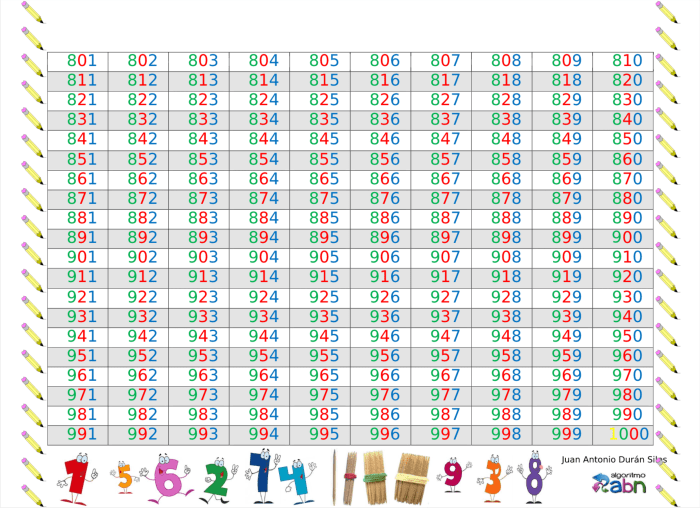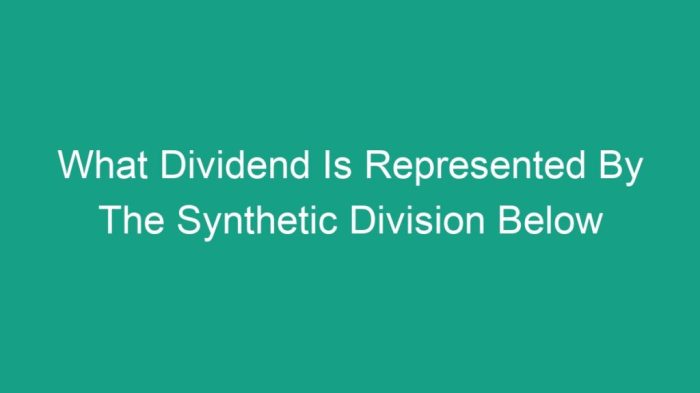Round 982 to the nearest hundred – Rounding 982 to the nearest hundred embarks us on a mathematical journey that unveils the significance of rounding in various fields, from everyday calculations to complex scientific computations. This guide delves into the concept of rounding, explores the specific technique of rounding to the nearest hundred, and examines its applications and potential errors.
Rounding to the nearest hundred involves identifying the closest multiple of 100 to the given number. For instance, rounding 982 to the nearest hundred would result in 1000, as it is the closest multiple of 100 greater than 982.
Rounding Overview

Rounding numbers is a mathematical technique that involves approximating a given number to a more manageable or useful value. It is widely used in various fields, including science, engineering, finance, and everyday life.
Nearest Hundred
In the context of rounding, “nearest hundred” refers to the closest multiple of 100 to a given number. To round a number to the nearest hundred, we need to find the multiple of 100 that is closest to the original number.
For example, if we want to round 256 to the nearest hundred, the closest multiple of 100 is 300. Therefore, 256 rounded to the nearest hundred is 300.
Rounding Techniques
There are several techniques for rounding to the nearest hundred, including:
- Rounding up:If the number in the tens place is 5 or greater, round up to the next hundred.
- Rounding down:If the number in the tens place is less than 5, round down to the previous hundred.
- Rounding to the even hundred:If the number in the tens place is 5, round to the even hundred.
Rounding Applications, Round 982 to the nearest hundred
Rounding to the nearest hundred is used in various applications, such as:
- Estimating quantities:Rounding large numbers to the nearest hundred makes it easier to estimate their value.
- Financial calculations:Rounding monetary values to the nearest hundred simplifies calculations and makes it easier to compare amounts.
- Data analysis:Rounding data to the nearest hundred can help identify trends and patterns more easily.
Essential FAQs: Round 982 To The Nearest Hundred
What is the difference between rounding and truncating?
Rounding involves adjusting a number to the nearest specified value, while truncating involves removing the fractional part of a number.
Why is rounding to the nearest hundred important?
Rounding to the nearest hundred simplifies calculations, improves readability, and enhances data visualization.
What are some applications of rounding to the nearest hundred?
Rounding to the nearest hundred is used in financial calculations, data analysis, and scientific computations.



